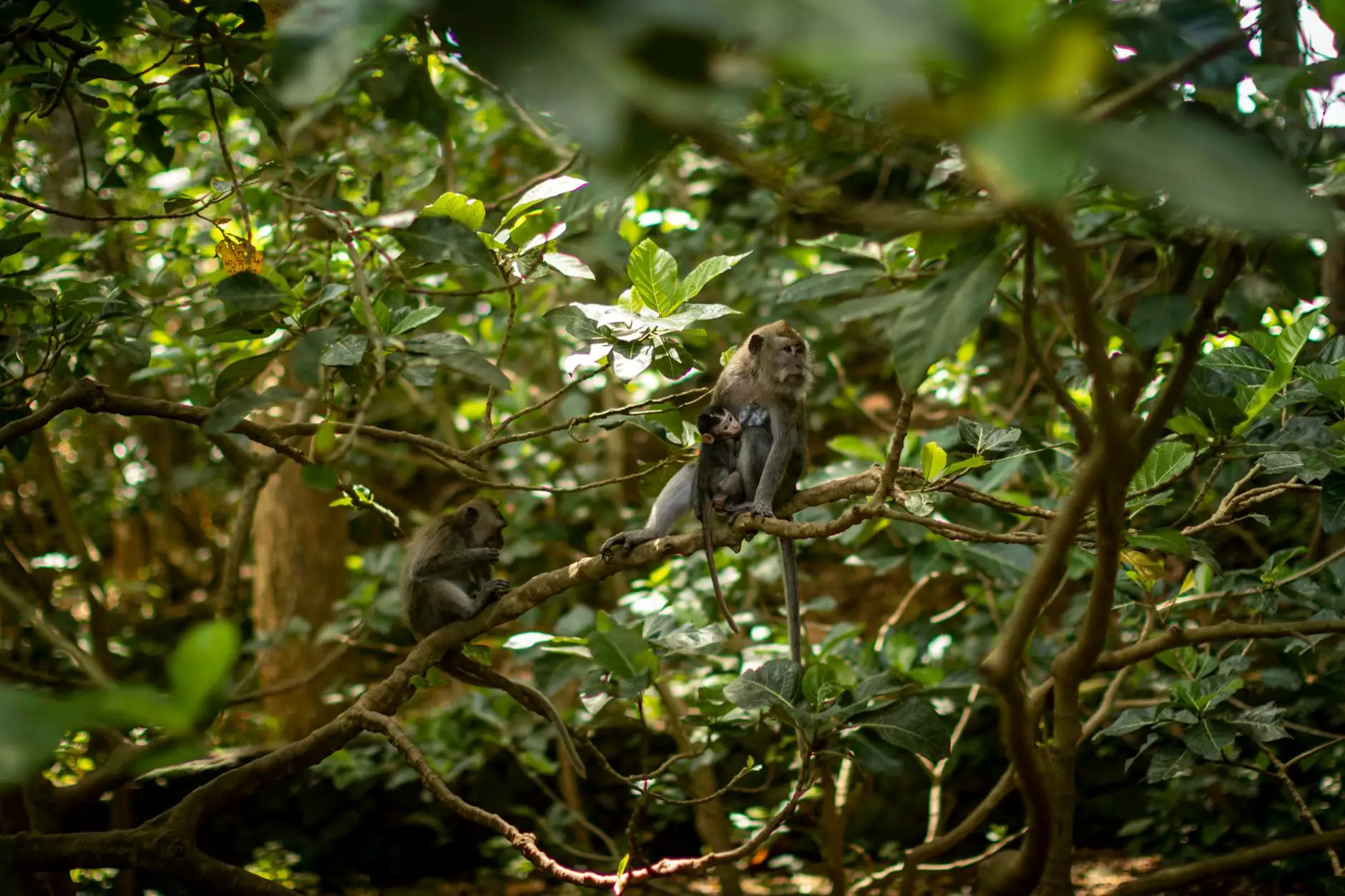Florida Wildlife With Ali: Mangrove Tree Crabs
Travel
Introduction
Welcome to Ageless Wisdom Magazine's category dedicated to Florida Wildlife! In this article, we will delve into the captivating world of Mangrove Tree Crabs. Join Ali, our knowledgeable expert on wildlife and nature, as she takes us on an exciting journey through the unique habitat of these fascinating creatures.
The Importance of Mangrove Tree Crabs
Mangrove Tree Crabs (genus Goniopsis) are an essential component of Florida's vibrant ecosystem. These small, crab-like creatures play a crucial role in maintaining the balance of the delicate mangrove forests found along Florida's coastline.
One significant contribution of Mangrove Tree Crabs is their feeding behavior. They primarily feed on decaying leaves and small organic matter that falls from the mangrove trees. By consuming these materials, they help decompose and recycle the nutrients, enriching the soil and promoting healthier growth in the mangroves.
Furthermore, Mangrove Tree Crabs are an important part of the food chain. They serve as a valuable food source for various predators, including birds, fishes, and larger crustaceans. Their presence ensures a thriving ecosystem and sustains a diverse range of species.
Mangrove Tree Crabs' Habitat
Mangrove Tree Crabs are native to the coastal regions of Florida, where they inhabit the dense mangrove forests. These forests provide the perfect environment for these crabs, with their intricate network of tangled roots and brackish water.
Within the mangrove forests, these crabs can be found climbing the sturdy trunks and scuttling along the intricate branches. Their strong claws and well-adapted limbs enable them to navigate the complex terrain with ease. This ability to climb trees is a distinguishing feature of Mangrove Tree Crabs that sets them apart from other crab species.
Behavior and Adaptations
Mangrove Tree Crabs have developed remarkable adaptations to thrive in their unique habitat. Their bodies are well-suited to withstand the challenges of both land and water environments. This allows them to navigate the transition zones between the two seamlessly.
These crabs have modified gills, enabling them to extract oxygen from the air when they are out of the water. This adaptation allows them to breathe effectively during low tide, when the water levels recede and exposed muddy areas become their temporary home.
The claws of Mangrove Tree Crabs are specialized for their arboreal lifestyle. They possess strong, robust pincers perfect for gripping and climbing tree trunks. These claws also aid in defense and foraging, allowing them to secure their food and ward off potential predators.
Threats and Conservation
While Mangrove Tree Crabs play a vital role in the ecosystem, they face various threats due to human activities and habitat degradation. The destruction of mangrove forests, pollution, and climate change pose significant challenges to these unique creatures.
Conservation efforts are necessary to protect the delicate balance of Florida's mangrove ecosystems and safeguard the survival of Mangrove Tree Crabs. Raising awareness about the importance of these habitats and implementing measures to mitigate human impact are essential steps towards their conservation.
Conclusion
In conclusion, Mangrove Tree Crabs are captivating creatures that contribute immensely to Florida's wildlife and ecosystem. Their role in decomposing organic matter, providing a food source, and maintaining the balance of the mangrove forests cannot be understated.
By exploring Mangrove Tree Crabs and their habitat, we gain a deeper appreciation for the intricate web of life that exists within Florida's diverse ecosystems. Let us strive to protect and conserve these unique creatures and their environments for future generations to marvel at.




